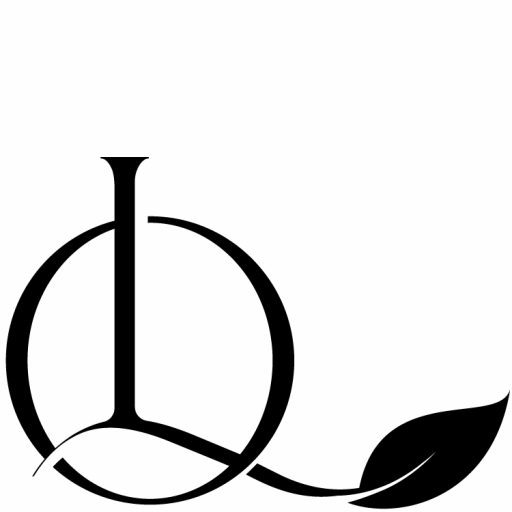Cork Leather
High-quality, natural fabric produced from thin cork shavings obtained directly from the bark of the cork
Cork leather is a sustainable and eco-friendly leather alternative made from the bark of the cork oak tree. The cork oak tree is native to the Mediterranean region and has a unique bark that can be harvested every 9-12 years without harming the tree. The bark is stripped from the tree by hand, and the tree then regrows a new layer of bark, making cork a renewable resource.
The cork bark is then processed into cork leather by grinding the bark into small granules, which are then combined with a binder to create a flexible and durable material that can be used in a variety of products. Cork leather has a similar texture and appearance to animal leather, but it is lighter, softer, and more flexible. It is also water-resistant, hypoallergenic, and easy to clean.
How is Cork Leather made?
Cork leather is made from the bark of cork oak trees. The bark is carefully harvested from the tree, which is then boiled and steamed to soften it. The softened bark is then flattened and dried before being laminated to a fabric backing, such as cotton or polyester. The resulting cork fabric is then ready to be cut and sewn into various products. Cork leather is a sustainable and eco-friendly alternative to animal leather, and it has a unique texture and appearance that makes it a popular choice for fashion accessories, upholstery, and other products.



